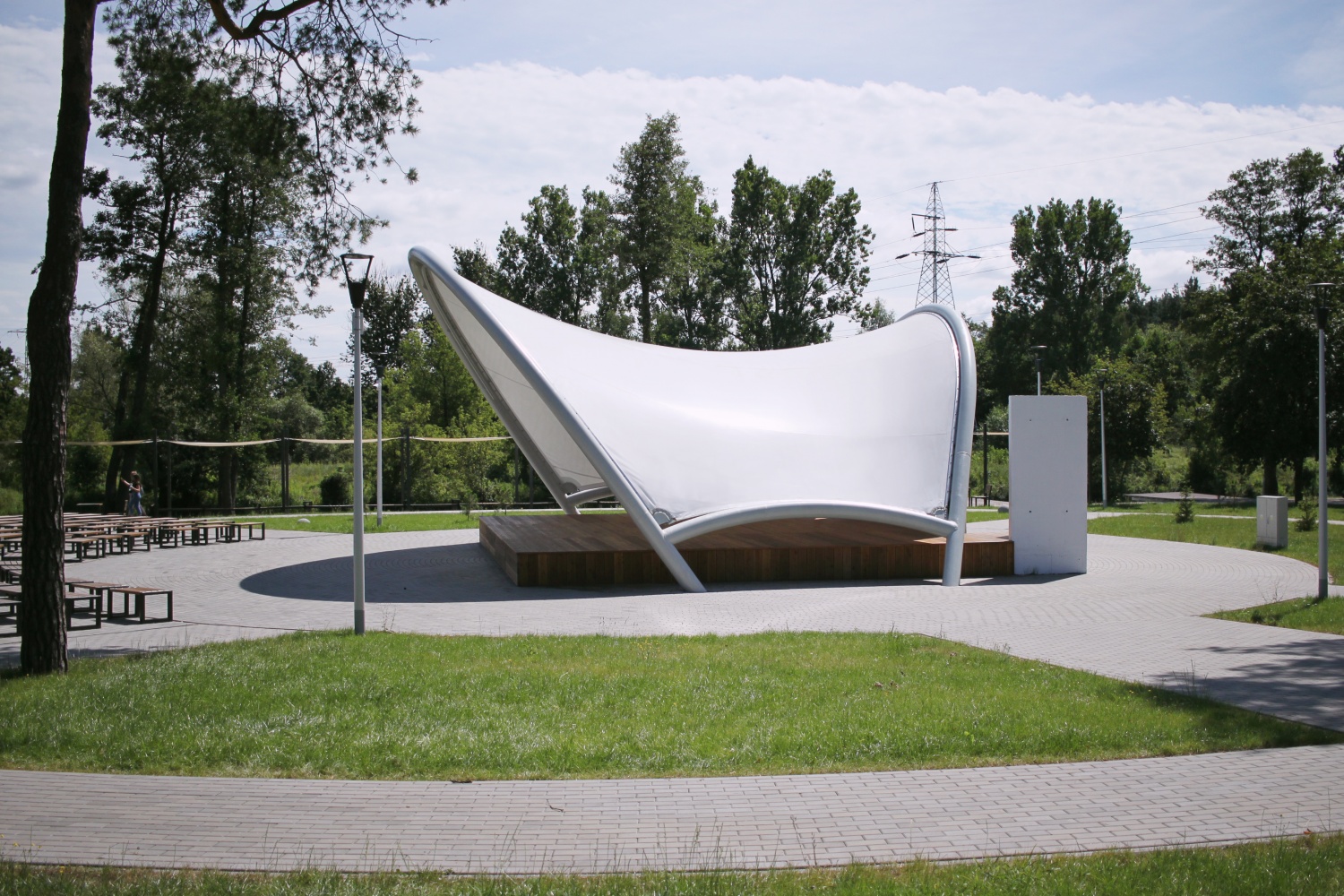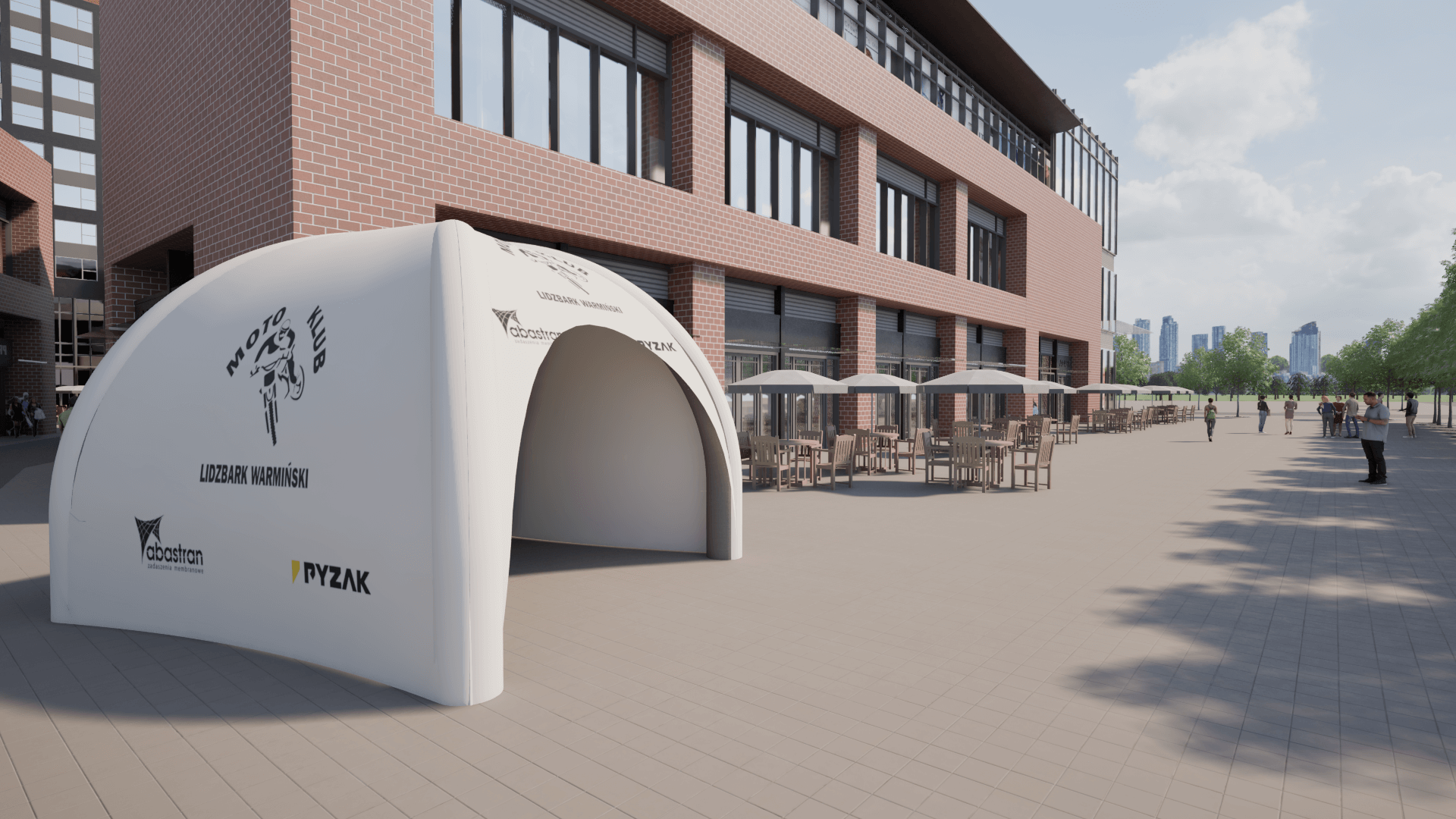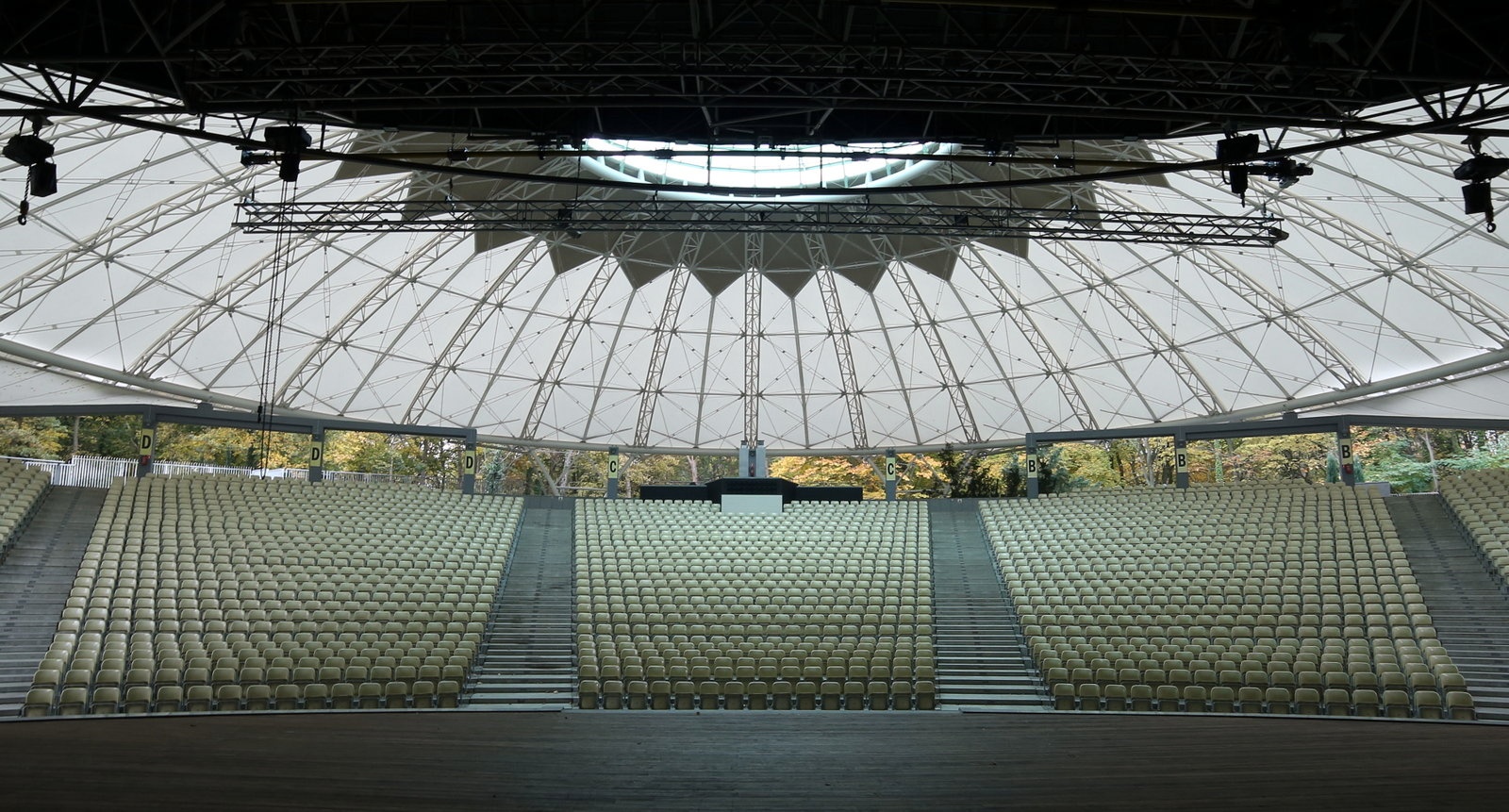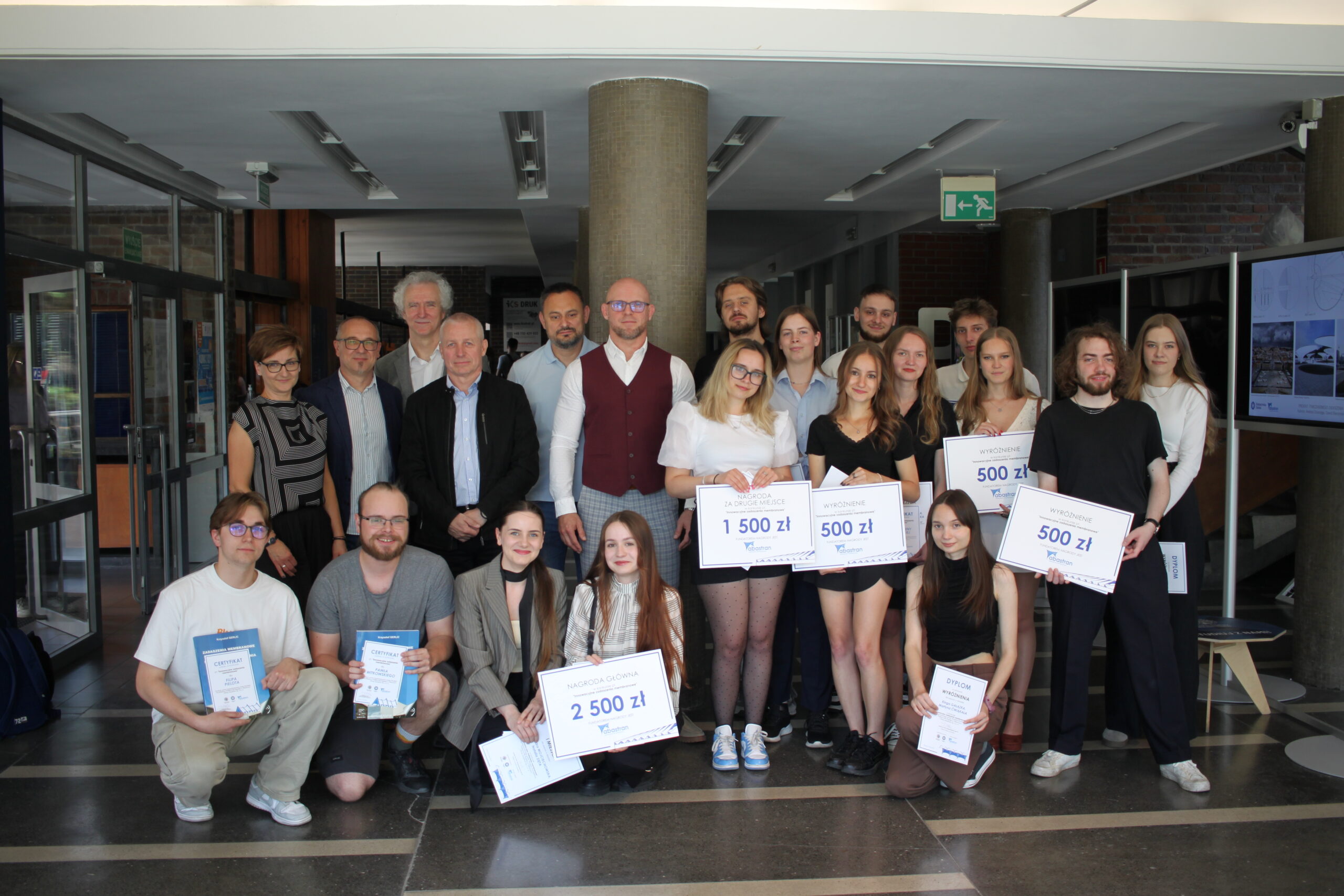
Membrane Roofs – Types and Applications
Membrane roofs, often referred to as membrane structures, are modern and innovative architectural solutions that are gaining increasing popularity worldwide. Thanks to their lightness, flexibility, and unique aesthetic and functional properties, membrane roofs are used in various types of buildings, from sports stadiums to shopping centers. In this article, we will take a closer look at what membrane roofs are, their advantages, and where they can be applied.
Definition and Characteristics
Membrane roofs are construction structures made of technical fabrics that are stretched over specially designed frameworks. The materials used to create such roofs are exceptionally durable and weather-resistant, making them an ideal solution for spaces that require protection from rain, sun, or wind while remaining aesthetically pleasing and lightweight.
Types of Membrane Fabrics
The materials used in membrane roofs are advanced technical fabrics that differ in properties and applications. The most popular include:
PVC (Polyvinyl Chloride)
PVC is one of the most popular materials used in membrane roofs. It is flexible, UV-resistant, and easy to install. Thanks to its durability, it is often used in temporary and semi-permanent structures.
PTFE (Polytetrafluoroethylene)
PTFE, also known as Teflon, is a material characterized by high temperature resistance and excellent durability. It is often used in structures requiring long lifespan and resistance to harsh weather conditions.
ETFE (Ethylene Tetrafluoroethylene)
ETFE is a modern material that is increasingly being used in membrane architecture. It is exceptionally lightweight, transparent, and UV-resistant, making it ideal for applications where natural lighting is required.
What is a Membrane?
General Concept of a Membrane
A membrane is a thin material that acts as a barrier, usually separating two different environments. In construction and architecture, membranes are used as protective or structural layers, which can have various properties depending on the material used.
What are the Types of Membranes?
Membranes can be categorized into several types based on their properties and applications:
Mechanical Membranes
Mechanical membranes are designed to withstand significant mechanical loads, such as wind or snow. They are primarily used in roofing large areas where exceptional durability is required.
Chemical Membranes
Chemical membranes are resistant to various chemical substances and are used in areas where there is a risk of contact with aggressive chemicals.
Thermal Membranes
Thermal membranes provide thermal insulation and are used in buildings where maintaining the proper temperature is crucial, such as sports halls or warehouses.
Applications of Membrane Roofs
Membrane roofs are widely used in various industries, types of buildings, and public spaces due to their versatility and aesthetics.
Sports Facilities
Stadiums are one of the most popular places where membrane roofs are used. The lightweight structure allows covering large areas without the need for heavy and costly materials. A good example is the membrane roof over the MOSiR stadium stand in Sieradz, which combines functionality with modern design.
Sports Halls: Membrane roofs are used in sports halls to create large, open spaces that are both protected from the weather and well-lit by natural light.
Public Buildings
Shopping Centers: Membrane roofs can serve as protective coverings over outdoor spaces, such as courtyards or plazas, while adding an aesthetic touch to the entire structure.
Stations and Airports
Stations and airports often use membrane roofs to cover large areas, such as terminals or platforms, where weather protection is required along with an aesthetically pleasing appearance.
Facades and Elevations
Modern office buildings – membranes are used in them as elements of facades and elevations, giving buildings a unique, futuristic appearance. A great example is the membrane facade for Nestle Purina in Wrocław in the shape of a wave with concave and convex arches.
Cultural and Art Buildings – In the architecture of cultural and art buildings, such as museums or theaters, membranes are used to create impressive and inspiring forms that emphasize the modern character of such objects.
Temporary Roofs
Membrane roofs are also used in temporary projects. An example could be terrace roofs, which are perfect for protecting outdoor spaces, such as restaurant patios or private terraces, from the sun and rain. Thanks to their lightness and ease of installation, such terrace roofs can be quickly and efficiently installed and easily dismantled if necessary. They also stand out for their aesthetics, which highlight the modern character of the space.
Ready Roofing Systems
Advanced, ready-made roofing systems are an excellent solution for a variety of objects, offering both protection against adverse weather conditions and an attractive appearance. An example of such a system could be the playground roof we created in Lubliniec.
Advantages of Membrane Roofs
Membrane roofs offer a range of advantages that make them an attractive solution in modern architecture.
Aesthetics and Design
Membranes allow the creation of unique and spectacular forms that are difficult to achieve using traditional building materials. Their transparency and flexibility enable the design of roofs that perfectly integrate with the surroundings while providing comfortable light permeability.
Functionality and Practicality
Membrane roofs are not only aesthetically pleasing but also highly functional. They are lightweight, which facilitates their installation, and at the same time, they are very durable and resistant to various weather conditions. Thanks to these properties, membrane roofs can be used in different climate zones.
Durability and Strength
Membrane fabrics, such as PTFE or ETFE, are characterized by high resistance to UV radiation and changing weather conditions. They also have high chemical resistance and durability over a wide temperature range. As a result, membrane roofs can serve for many years without the need for frequent repairs or replacement.
Economy
The installation costs of membrane roofs are generally lower than those of traditional roofs made of heavy materials. Additionally, due to their lightness, membrane roofs require less massive supporting structures, reducing the overall project costs.
How to Choose the Right Membrane Roof for Your Project?
Choosing the right membrane roof depends on many factors that should be considered during the design stage.
Choosing the Right Company
Selecting a company specializing in membrane structures is crucial to the success of the project. Experienced professionals can advise on the best solutions and provide professional roof installation. Examples of realizations worth considering can be found on the Membrane Structures and Roofing Systems pages.
Examples of Successful Realizations
Examples of successful realizations, such as the membrane roof over the MOSiR stadium stand in Sieradz or the playground roof in Lubliniec, show how diverse the applications of membranes in architecture can be. Choosing a proven company with documented realizations ensures that the project will be carried out to the highest standards.
Conclusion
Modern membrane roofs are an aesthetic and functional solution that is gaining increasing popularity in architecture. Thanks to their advantages, such as lightness, durability

Advertising Tents as an Investment – How to Increase Brand Recognition at Events?


Competition for Innovative Membrane Roofing – Results and Inspirations
This year, we had the pleasure of organizing a competition together with the Faculty of Architecture at the Silesian University of Technology for 6th-semester students to design innovative membrane roofing. The award ceremony, held at the Faculty of Architecture in Gliwice, was the culmination of the young designers’ creative and technical journey.








